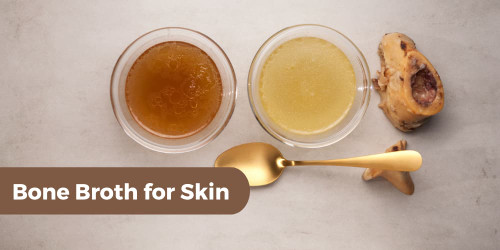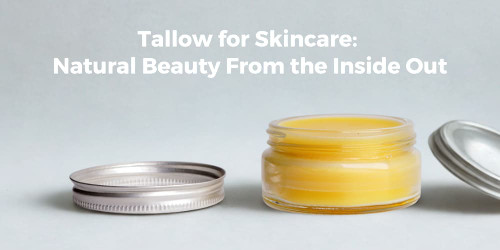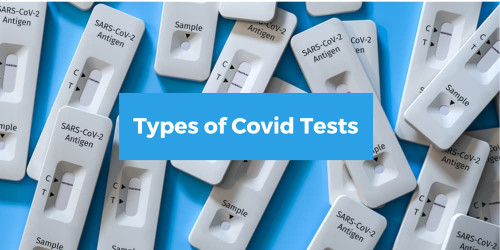What to know about splints
Even the most careful people can have accidents, whether a fall, slip, or sporting injury. When they’re left nursing a fractured bone, torn ligament or severe laceration, they may require a splint to stabilise the area, either temporarily or until it heals.
Splints are rigid metal, plastic or wooden planks used to protect, support and immobilise an injured body part. Depending on the location of the injury, you may require a specific splint size, length, shape and material. For example, a finger splint will look different from a leg splint designed to support the foot, ankle and calf. This article will explain the purpose of splinting, the difference between splints and casts, and the different types of splints.
Purpose of splinting
The primary purpose of splinting is to stabilise an injured area to reduce movement. Which indirectly helps to reduce pain, decrease swelling and help prevent any further damage to the surrounding muscle tissue. Generally speaking, splints treat minor sprains, muscle tears, dislocations or lacerations. When the bone is broken and requires complete and extended immobilisation to heal, a cast may be a more effective option compared to a splint.
What's the difference between a splint and a cast?
While there are several differences between a splint and a cast, the main difference is a cast involves the application of plaster or fibreglass surrounding the entire injured area. They support the injury more by ultimately preventing movement allowing for improved healing due to lower mobility. Splints are easily removable requiring high patient compliance to reduce the mobility of the injured body part.
Advantages of casting
As casts provide a better stabilisation due to the circumferential application, they are better at healing broken bones and, therefore, the primary tool for treating fractures. Doctors and nurses now have the option of plaster or fibreglass casts, both with advantages and disadvantages.
Disadvantages of casting
While casts provide fantastic support and completely immobilise the injury, you can't just set and forget. It's essential to regularly check the area under the plaster or fibreglass as complications, including pressure sores, compartment syndrome, skin infections, and dermatitis, can occur.
Advantages of splinting
It is fast and easier to apply to an injured area, making them the prefered first-line treatment to immobilise an injured body part. Splints allow for natural swelling associated with the inflammatory process compared to casts surrounding the entire limb or appendage, reducing the risk of pressure sores or compartment syndrome.
Disadvantages of splinting
The main disadvantage of splinting, particularly for the management of hairline fractures, sprains, tendon injuries, and other soft-tissue injuries, is they require high patient compliance. It's the patient's responsibility to remember to wear the splint, which can affect the healing process if they're particularly forgetful or non-compliant.
When are splints used?
If you've sprained, tore, or dislocated any joint, muscle or bone, it's essential to immobilise the area quickly. Splints are a fast and effective solution to support simple fractures, sprains, tendon injuries, and other soft-tissue injuries. They can be used in acute settings while waiting for a cast to be set over a complex fracture or used long term to support minor finger, wrist, leg or arm injuries.
Different types of splints
There is a splint for most body parts. Finger, arm, leg, or even toe splints use different shapes, materials and thicknesses to suit a particular area and treat a specific injury. For example, the splint used to treat a bone fracture will be entirely different from a torn ligament or muscle. Let's look at the different types of splints in more detail and when to use them.
Static
As the name suggests, a static splint has no moving parts. All splints support, immobilise and heal the injured area; however, some completely prevent motion while others encourage a small amount of controlled movement. A Wrist splint is an example of a static split to help with conditions such as Carpal tunnel.
Dynamic
A dynamic splint will still support an injured area; however, the primary purpose is to assist with controlled movement. It's a functional type of splint that allows health professionals, whether it be a doctor or physio, to adjust the tension and increase the range of movement slowly.
Serial static
Like a static splint, the serial static aims to increase the tissue length to increase the passive range of movement. This splint type will stabilise the injured limb or appendage in its end range position, with the medical professional regularly removing the splint to check and adjust the range of movement.
Static progressive
Again as the name suggests, this splint holds the injured area in place and progressively encourages an increased range of movement by changing the splint's position. The goal is to apply a small amount of prolonged tension to the joint, muscle or tissue to improve passive motion.
How to take care of a splint
Although splints have fewer complications than casts, it's still important to know how to take care of your splint. It will help reduce the likelihood of further injury and help to reduce pain and swelling. Patients are encouraged to regularly remove and clean the splint and check the area for any signs of pressure sores, muscle changes, or skin changes, such as dermatitis or infections.
Let us take care of your splinting needs
With so many splints to choose from, selecting the best option for your injury can be challenging. Our online store has the best range of splints and braces in Australia to choose from, including:
Shop online or contact our friendly team, who will be happy to answer any of your splinting questions!
















